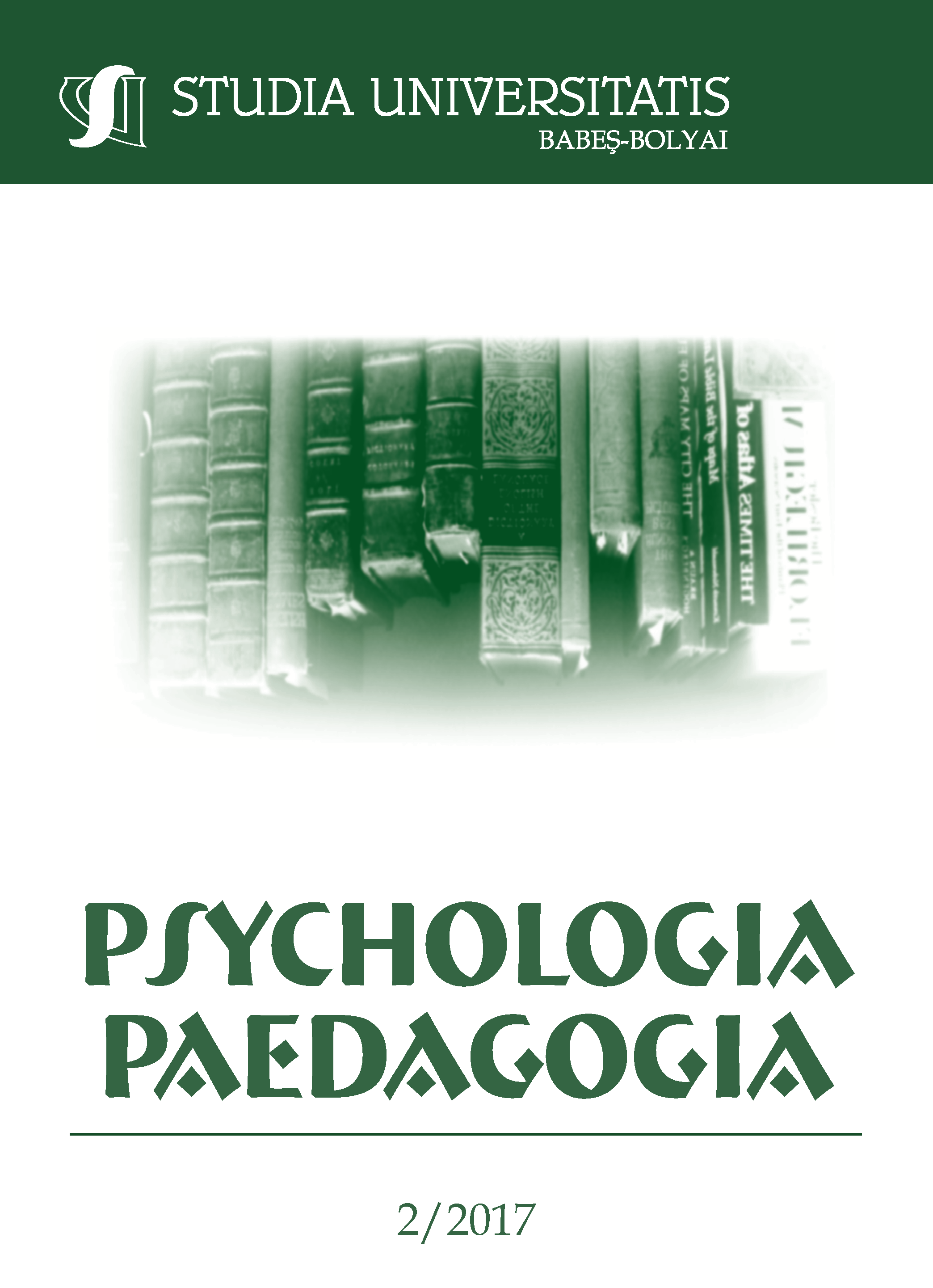THE STUDENT-CENTERED LEARNING MODEL IN JOHN DEWEY’S PROGRESSIVE CONCEPTION
DOI:
https://doi.org/10.24193/subbpsyped.2017.2.04Keywords:
student-centered learning, contemporary school, educational model, experience, John DeweyAbstract
The educational model proposed by John Dewey brings the student in the center of the pedagogical act and promotes an approach that emphasizes on the motivational structure of the student’s personality, on his/her interests and skills, those being considered as important variables in the educational process. In this respect, an educational approach able to harness and maximize the students’ natural potential is claimed by the actual educational system, mostly when proposing to implement student-centered learning at all the levels, as its main objective. So, taking into account that the student-centered learning starting practically with a change in the teachers’ current practice, it comes the question: under what conditions this model can be really applied in practice?
Das von John Dewey vorgeschlagene Bildungsmodell stellt den Schüler in den Mittelpunkt des pädagogischen Handelns und fördert einen Ansatz, der sich auf die motivationale Struktur der Persönlichkeit des Schülers, seiner Interessen und Fähigkeiten konzentriert, die als wichtige Variable im Bildungsprozess gelten. In diesem Zusammenhang ist ein Bildungsansatz erforderlich, der in der Lage ist, das natürliche Potenzial der Schüler zu nutzen und zu maximieren, vor allem, wenn wir studierendenzentrierten Lernstrategie auf allen Ebenen als Hauptziel implementieren mögen. Da es sich bei dem lernerzentrierten Lernen jedoch im Grunde um eine Veränderung der derzeitigen Lehrerpraxis handelt, versucht d dieser Artikel die folgende Frage zu beantworten: Unter welchen Bedingungen kann dieses Modell tatsächlich in der Praxis genutzt werden?
Schlüsselwörter: Schülerzentriertes Lernen, zeitgenössische Schule, pädagogisches Modell, Erfahrung, John Dewey
References
Crahay, M. (2009). Psihologia educației. București: Trei Publishing House.
Cristea, S. (1998). Dicţionar de termeni pedagogici. Bucureşti: Didactică şi Pedagogică Publishing House.
Cristea, S. (2008). Curriculum pedagogic, vol. I, ed. a II-a. Bucureşti: Didactică şi Pedagogică Publishing House.
Cristea, S. (2015). Centrarea învățării pe elev. De la teoria psihologică la realitatea școlii. Tribuna învățământului (on-line publication), 16.03.2015.
Debesse, M. (1981). Etapele educaţiei. Bucureşti: Didactică şi Pedagogică Publishing House.
Dewey, J. (1977). Trei scrieri despre educaţie. București: Didactică şi Pedagogică Publishing House.
Dewey, J. (1992). Fundamente pentru o ştiinţă a educaţiei. Bucureşti: Didactică şi Pedagogică Publishing House.
Flanagan, FM. (1994). John Dewey. Paper presented in Programme 7 of “The Great Educators”, First Series, broadcast on May 9, 1994, RTE, Radio 1. Retrieved in November 2017, from: http://www.minerva.mic.ul.ie/vol1/dewey.html
Nilson, L. (2016). Teaching at Its Best: A Research-Based Resource for College Instructors, 4th Edition. Wiley.com
Weimer, M. (2013). Learner-centered Teaching: Five Key Changes to Practice. San Francisco, CA: John Wiley & Sons.
Downloads
Published
How to Cite
Issue
Section
License
Copyright (c) 2017 Studia Universitatis Babeș-Bolyai Psychologia-Paedagogia

This work is licensed under a Creative Commons Attribution-NonCommercial-NoDerivatives 4.0 International License.





